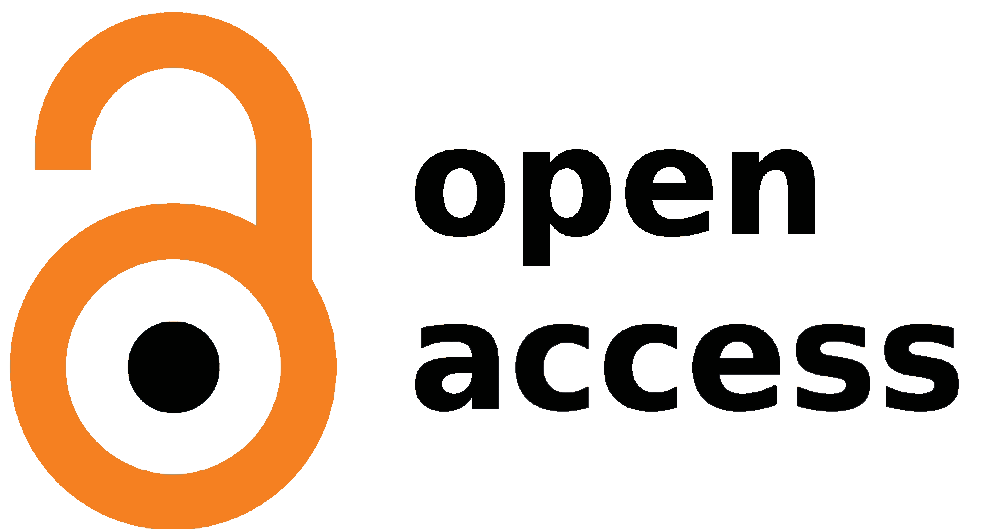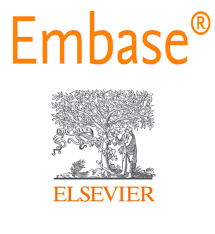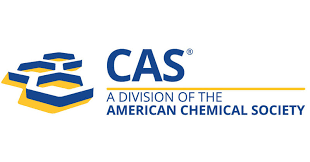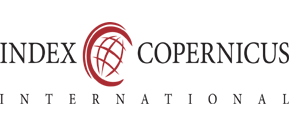Evaluation of changes in Corneal Curvature and Tear Film Stability Fol-lowing Pterygium Surgery and Their Impact on Visual Acuity and Refractive Outcome
Keywords:
Pterygium Surgery, Corneal Curvature, Tear Film StabilityAbstract
Aim: To evaluate the changes in corneal curvature and tear film stability
following pterygium surgery and assess their impact on visual acuity and
refractive outcomes.
Methods: A prospective study was conducted on 44 patients undergoing
primary pterygium excision. Preoperative and postoperative corneal curvature
was measured using keratometry at day 1, 1 week, 1 month, and 2 months
post-surgery. Tear film stability was assessed using the tear breakup time
(TBUT) test and Schirmer’s test at the same intervals. Changes in refractive
error and visual acuity.
Results : In our study , we evaluated the changes in corneal curvature and tear
film stability following pterygium surgery and assessed their impact on visual
acuity and refractive outcomes. It showed significant difference in BCVA
between cases in preoperative period and control groups indicating that the
cases had worse visual acuity preoperatively than controls. Similarly, the
majority of the cases had with the rule astigmatism preoperatively with higher
K1 values compared to the control group suggesting the role of pterygium in
altering the corneal curvature. However, K2 values showed no significant
difference between the 2 groups in the preoperative period. Our study also
showed statistically significant difference in schirmers test and TBUT between
cases and controls in the preoperative period, which is suggestive of poor tear
film stability.
The with the rule astigmatism redcuced significantly after pterygium excision,
as K1 values decreased postoperatively compared to preoperative values. Tear
film stability reached a level similar to the unaffected eye within 60 days after
surgical excision of pterygium with conjunctival autograft. All these factors
had a cumulative effect on BCVA which has led to an improvement in BCVA
postoperatively compared to preperative values
Conclusion: Our study showed that pterygium causes significant corneal
astigmatic changes, majority of which was with the rule . It also caused
instability in tear film which was proven by schirmers and TBUT tests. Both
these factors have contributed in significant reduction of BCVA, which was
proven by improvement in BCVA postoperatively along with improvement in
tear film stability and with the rule astigmatism
.png)









